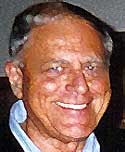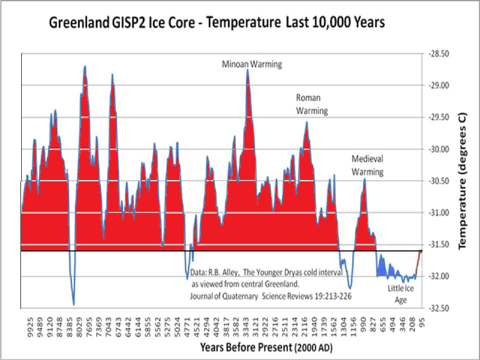[youtube]QbuFphwJn4c[/youtube]
The 2010 ice melt season on the Greenland ice sheet (see video) set new records, according to Marco Tedesco, director of the Cryospheric Processes Laboratory at the City University of New York. The melt season was “exceptional”, Tedesco said. Melting in some areas lasted as much as 50 days longer than average, starting very early at the end of April and ending later than usual in mid-September. During the summer, temperatures over large parts of Greenland were as much as 3ºC above average, snowfall was below average, and the capital, Nuuk, had its warmest spring and summer since records began in 1873.
Tedesco is lead author of a paper published today, The role of albedo and accumulation in the 2010 melting record in Greenland(*), which integrates weather, satellite and ground data with modelling to build a detailed picture of the melt season. Here’s the abstract:
Analyses of remote sensing data, surface observations and output from a regional atmosphere model point to new records in 2010 for surface melt and albedo, runoff, the number of days when bare ice is exposed and surface mass balance of the Greenland ice sheet, especially over its west and southwest regions. Early melt onset in spring, triggered by above-normal near-surface air temperatures, contributed to accelerate snowpack metamorphism and premature bare ice exposure, rapidly reducing the surface albedo. Warm conditions persisted through summer, with the positive albedo feedback mechanism being a major contributor to large negative surface mass balance anomalies. Summer snowfall was below average. This helped to maintain low albedo through the 2010 melting season, which also lasted longer than usual.
Jason Box will be posting more on the extraordinary warmth of last summer in Greenland at his meltfactor.org blog soon.
Meanwhile, the summer warmth seems to be persisting through the depths of winter — even become more extreme — as this temperature anomaly map for the last month from an excellent article by Bob Henson of UCAR discusses. Those positive anomalies (in red) are as much as 21ºC above average for the time of year:

Here’s Henson:
[…]Let’s take a look at Coral Harbour, located at the northwest corner of Hudson Bay in the province of Nunavut. On a typical mid-January day, the town drops to a low of –34°C (–29.2°F) and reaches a high of just -26°C (–14.8°F). Compare that to what Coral Harbour actually experienced in the first twelve days of January 2011, as reported by Environment Canada […].
After New Year’s Day, the town went 11 days without getting down to its average daily high.
On the 6th of the month, the low temperature was –3.7°C (25.3°F). That’s a remarkable 30°C (54°F) above average.
On both the 5th and 6th, Coral Harbor inched above the freezing mark. Before this year, temperatures above 0°C (32°F) had never been recorded in the entire three months of January, February, and March.
The unseasonal warmth is associated with what Henson describes as ” a vast bubble of high pressure” which formed near Greenland in mid-December. The high was associated with record-breaking 500mb heights, a measure of the “thickness” of the atmosphere and associated with warmth below. This high helped to direct the atmospheric flows that brought Europe’s December cold spell.
With the delayed freeze-up in Hudson Bay and a warm winter on the fringes of the Greenland ice sheet, it may that 2010′s record for ice melt will not last long. And that’s not good news.
(*)Marco Tedesco, X Fettweis, MR van den Broeke, RSW van de Wal, CJPP Smeets, WJ van de Berg, MC Serreze, and Jason Box, The role of albedo and accumulation in the 2010 melting record in Greenland, Environmental Research Letters DOI: 10.1088/1748-9326/6/1/014005. My thanks to Jason Box for the details.
Like this:
Like Loading...
 Something for everyone this weekend: a few podcasts to grab, ice news from both ends of the planet, interesting reading, and a great interview with Noam Chomsky. Audio first: Radio NZ National’s Bryan Crump interviewed Prof Jean Palutikof, Director of the National Climate Change Adaptation Research Facility at Griffith University in Queensland at the beginning of the week. It’s a wide-ranging discussion: Palutikof is an engaging speaker and frank about the dangers we confront. Grab the podcast now, because it’ll disappear from the RNZ site on Monday.
Something for everyone this weekend: a few podcasts to grab, ice news from both ends of the planet, interesting reading, and a great interview with Noam Chomsky. Audio first: Radio NZ National’s Bryan Crump interviewed Prof Jean Palutikof, Director of the National Climate Change Adaptation Research Facility at Griffith University in Queensland at the beginning of the week. It’s a wide-ranging discussion: Palutikof is an engaging speaker and frank about the dangers we confront. Grab the podcast now, because it’ll disappear from the RNZ site on Monday.
 Don Easterbrook’s
Don Easterbrook’s 
 A
A